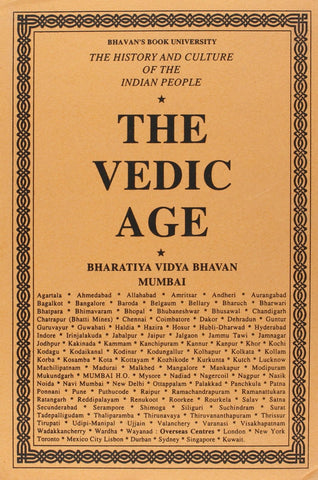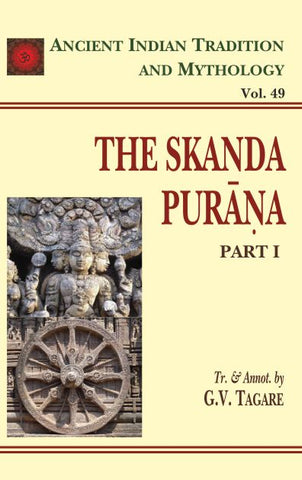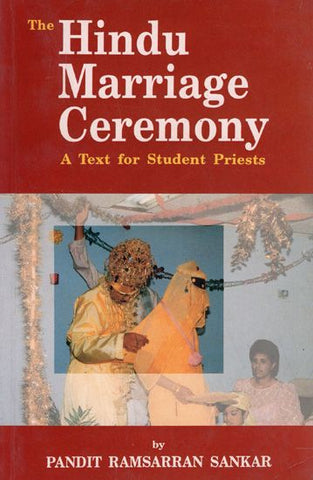Your cart is empty now.
Comprising ten independent chapters that certain prevailing archaeological concepts or theories are just myths. They do distort the authentic reconstruction of the history of Indian Civilization According to his reconstruction the Indian Civilization now identified as the Harappan as well as the Early Vedic cultures both evolved in five stages. Having rooted its beginning/origin in the Aceramic Mesolithic Culture of Madhyadesa in Rajasthan (Stage 1), the people produced plain hand-made pottery with incised designs externally and invented copper technology during the Advance Mesolithic period (Stage 2). Copper accelerated the pace of their evolution and development and they got transformed into the chalcolithic way of life (Stage 3) without passing through the Neolithic phase. Datable between 6500 BC to 3100 BC this stage 3 was characterized by the Hakra-OCP ceramic complex. Prof. Sahi identifies these people as the Aryans. His view is based on the occurrence of exclusively OCP in the occupational deposits of some of the rock shelters on the hilly tracts of the Aravallis along the river Sahibi in Rajasthan, while the painted theme on the walls of some of the rock-shelter are interpreted by him as the renderings of the Rigvedic hymns. Prof. Sahi thus propounds the view that Aryans were not only the indigenous people of India from the Mesolithic stage but also corroborates the refutation of the Aryan Invasion Theory. Another significant achievement of these people was the creation of a system of writing in the form of graffiti marks on pottery which later on evolved into the Harappan script. He also holds that the disposal area of these people was from the Western Valley of the Indus to the mid-Ganga valley. During the later part of this period some intrusions of the people from Western Asia can be noticed by the presence of their settlements in the western valley of the Indus, giving rise to coexistence of indigenous and the intruders in this region. The settlements of Stage 3 suffered devastation and decline due to a massive Deluge identified by Prof. Sahi as the Deluge of the time of Manu Vaivasvata. About The Author Prof. M.D.N. Sahi was born. in 1932 at Varanasi, UP. He obtained his degrees of LLB and M.A. from University of Allahabad in 1955 and 1958 respectively, PGDA from the School of Archaeology of Archaeological Survey of India in 1962, Ph.D from Aligarh Muslim University in 1979. He started his academic career as a lecturer in 1962 and finally retired as the Professor of Archaeology and Ancient History from Aligarh Muslim University, in 1994. The topic of his self supervised Doctoral thesis was 'Comparative Chronology of Iron Age Cultures of India and the Role of Iron in Socio-Economic change'. Though it remained unpublished due to various reasons, his published views were immediately acclaimed and accepted by reputed authorities on the subject. Prof. Sahi has to his credit vast experience of excavations and explorations of various sites. He participated in the excavations at Rajghat, Kausambi, Kalibangan, Artranjikhera, Lal Qila and directed the horizontal excavations of Jakhera a PGW site, for seven seasons, the last five seasons being under the Major Research Project of UGC. He has presented about eight research papers at National and International seminars and conferences, which were published in reputed Journals. The divergent topics of his research were related to Numismatics, Political History of Ancient India, Socio-Economic History and Archaeology of Ancient India. He was invited as Visiting Professor by the University of Allahabad. He attended the World Archaeological Congress held at Southampton, U.K. in 1986. His book entitled 'Aspects of Indian Archaeology' was published in 1994. Presently he is engaged in the study of various aspects of Chalcolithic Cultures of India. Prof. Sahi is the founder Life Member of the Indian Archaeological Society and Life Member of Society for Pre-historic and Quaternary Studies.
Delivery and Shipping Policy
- INTERNATIONAL SHIPPING
- Rs.1000-1100/kg
- ESTD. Delivery Time: 2-3 weeks (depending on location)
- Bubble Wrapped with Extra Padding
- NATIONAL SHIPPING
- NCR: Rs. 30/half kg
- Standard: Rs. 80/half kg
- Express shipments also available on Request
- ESTD. Delivery Time: Ranging from 1-4 days up to 7 business days (Depending on your choice of Delivery)
- TRACKING
- All orders; national or international, will be provided with a Tracking ID to check the status of their respective orders
- Depending on the Shipping Service, Tracking ID may be used on their respective tracking portals
Frequently Asked Questions (FAQs)
Domestic Shipping: 3-4 Days (after shipping)
International Shipping: 1-2 weeks (based on your location)
You will receive an email once your order has been shipped or you can email us if you didn't receive tracking details (info@mlbd.co.in)
Every book that we sell is the latest edition except all the rare books
Yes, we do provide free shipping, only on domestic orders (within India) above Rs.1500


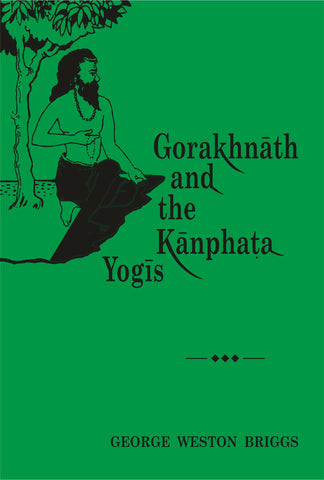
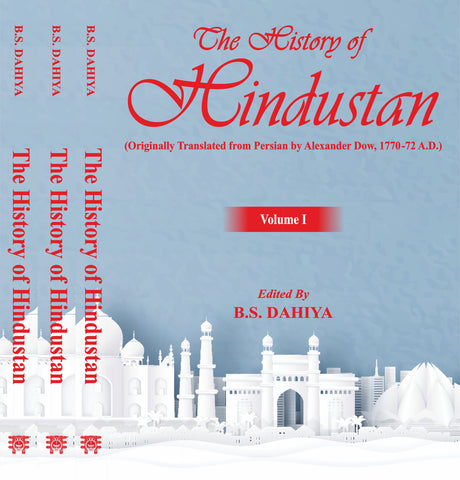
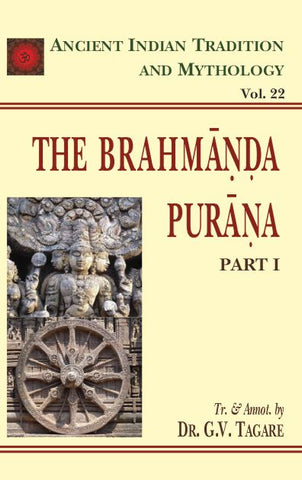
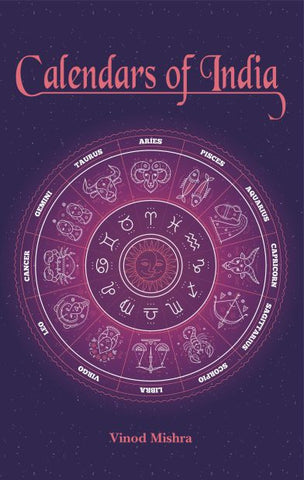
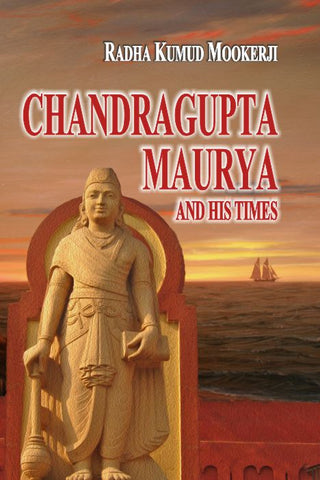
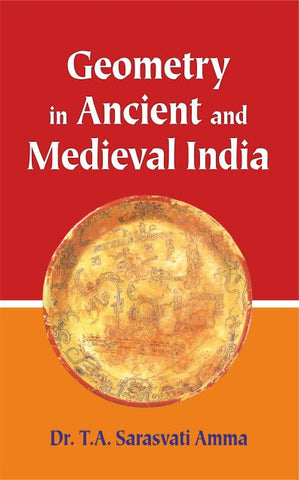
![A HISTORY OF INDIAN PHILOSOPHY [5 VOLUMES] by Surendranath Dasgupta](http://www.motilalbanarsidass.com/cdn/shop/products/HISTORYOFINDIANPHILOSOPHY_large.jpg?v=1675238163)
